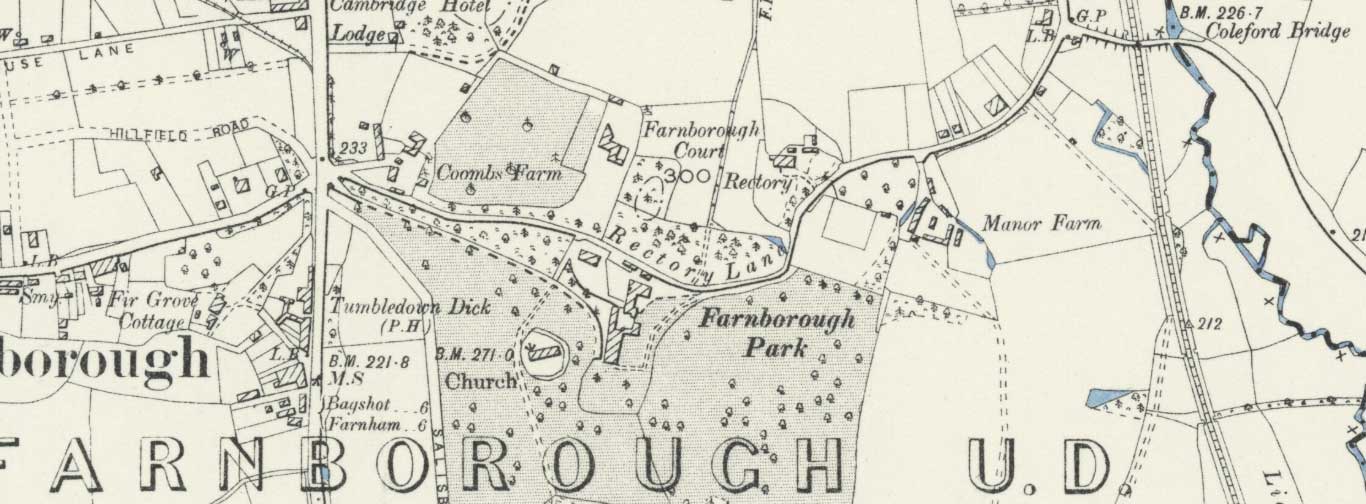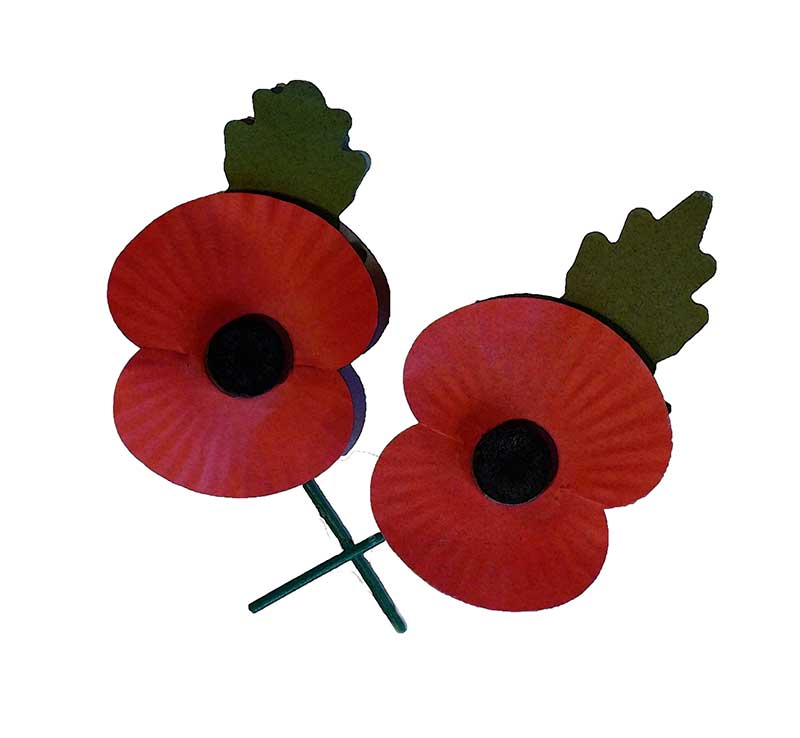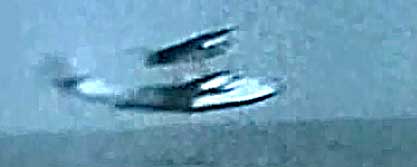
Angus and Rosemary's Miscellany
of Malvern - Other Resources
|
History menu > A history of the Farnborough Court Red Cross hospital in HampshireOverviewDuring WWI, visiting surgeon Lawrie Hugh McGavin worked at both the Michie Hospital and the Farnborough Court Auxiliary Hospital. We searched for the history of Farnborough Court but found very little information on the Internet. However, here is what we have found, telling the story of some of the people who lived there and nearby. Please get in touch if you, or your society, have information or photos which could be added to this page. Farnborough Court was one of many large houses in Farnborough, Hampshire, UK; the 1911 census records that it had 17 principal rooms. It first appears on maps in the 1890s and was located between Coombs Farm and the old Rectory, opposite St Peters church in the grounds of Farnborough Park (ref 1).
Map showing Farnborough Court, source D Gomm During WWI the house became a Red Cross Auxiliary hospital looking after wounded Belgian soldiers (ref 2). To quote:
The index cards (ref 3) of the nursing staff that worked at Farnborough Court have been transcribed and can be found on the Red Cross website: https://vad.redcross.org.uk/en/Auxiliary-Hospitals WWII and afterDuring WWII Farnborough Court was requisitioned by the Air Ministry for the RAF where it is said the coordination of RAF and Army activities for D Day was planned. Farnborough Court was not far from the Royal Aircraft Establishment at Farnborough where during WWII a relative, Alexander Forbes, worked in the Radio Department. After WWII, the property was occupied by Benedictine monks and it seems possible they may have owned the building before the war. Eventually the house fell into disrepair and it was demolished to make way for a housing development and Abbey Way which was built on Farnborough Court and the gardens of the Rectory in the 1960s (ref 1). Some of the staffThe Matron and acting Commandant of Farnborough Court hospital was: Mrs Katherine Louise Guise-Moores (1865 - 1951)She was born Katherine Louise Wood at the port of GoGo in India and first married army sapper Edward Thomas Fox in January 1885. Their daughter Sidney Maria Fox was born in the October of that year, and sadly Edward died in the November. Katherine married, second, Army doctor Samuel Guise-Moores in Bengal in 1892, and they had a son Bruce Kirkam Samuel Guise-Moores born in 1893. The 1911 census records the couple back in England living at 'The Old Farm' Farnborough having 7 principal rooms. It was probably through her husband who was a notable medic (see more about below) that Katherine became Commandant throughout the war. It appears Dr Charles Edward Paterson had been appointed Commandant but found he did not have the time to give to the work. Obituary of husband Samuel Guise-MooresWe found this obituary which indicates Katherine's husband Samuel had a notable career. To quote:
Son Bruce Guise-MooresThe 1939 register lists Katherine's son aged 46 as a reserve army officer and Governor of Winchester prison. Miss Marion OsmondMarion Osmond is also recorded as working at the hospital during 1916 and having the rank of VAD Commandant. In 1914 she had been recorded working at Thorpe Le Soken Red Cross hospital (Thorpe Hall). It seems probable Hanford House (her home) near Clacton on Sea which had 16 principal rooms was also used as a hospital. After leaving Farnborough Court she worked at Gostwycke Red Cross hospital in Colchester. Marion was the daughter of wine merchant Edward Osmond and Sarah Elizabeth Salmon. Her grandfather Thomas Edward Osmond who died in 1880 had been a Medical Practitioner. Brother AnthonyBrother Anthony was a Benedictine monk at the nearby Abbey who came in every morning to clean the kitchen flue and light the kitchen fire. Occupants in 1901In 1901 Farnborough Court had been occupied by widowed Mabel Francis Elizabeth Ogilvy, Countess of Airlie, her children, two visitors and thirteen servants. She was the eldest daughter of Arthur Gore, Viscount Sudley. Sadly her husband, David Ogilvy, 11th Earl of Airlie, an army officer, had been killed in 1900 during the Second Boer War at the battle of Diamond Hill. We wondered if he had been responsible for the building of Farnborough Court? After her husband's death Mabel became a lady in waiting to Queen Mary. During World War I Mabel supported the Red Cross and was president of Queen Alexandra's Army Nursing Board. Could it be that she had retained ownership of Farnborough Court and loaned it for use as an auxiliary hospital? Sadly her youngest son Patrick was killed in 1917, and her daughter Mabel died exercising army horses in 1918. Occupants in 1911In 1911 Farnborough Court was occupied by newly married Jane Byrnes O'Malley, her baby son Hamilton and ten servants. Her husband, Irish born army officer Lieutenant Middleton Joseph Keyes O'Malley, Royal Field Artillery, was away from home at Okehampton Camp in Devon. His son, Hamilton, joined the Irish Guards and married (first) in 1941 Lady Iris Mountbatten. They were divorced in 1946. Farnborough Court may have had links with the army through being situated near Sandhurst and Aldershot. Those that lived there in 1901 and 1911 had family links to Mayo in Ireland. St Michael's AbbeyAfter WWII Farnborough Court, a large mansion standing in over 12 acres a short distance south of St Michael's Abbey, was reaquired by Benedictine monks as a retreat. St Michael's Abbey church built about 1881 was funded by the Empress Eugenie widow of Napoleon III. The couple had sought exile in England after France lost the war of 1870 with Germany. Farnborough ParkFarnborough Park was an older country house on the opposite side of Rectory Road. In 1861 Farnborough Park was occupied by George Henry Elliott born about 1813 Binfield, Berkshire, Captain Hampshire Yeomanry, his wife Ellen and eight servants. According to Burkes Peerage he had been in 2nd Dragoon Guards. Possibly George was the son of a Newbury born master cabinet maker also named George Henry Elliott who had married Mary Josephine Hay. Ellen's maiden name was Palmer-Morewood and she was the daughter of William Palmer (of Ladbroke Hall and later Alfreton Hall) and Clara Blois daughter of Sir Charles Blois 6th Baronet of Cockfield Hall, Yoxford, Suffolk. In 1825 Ellen's parents had changer their surname from Palmer to Palmer-Morewood. In 1844 in Derbyshire George Henry Elliott had married Ellen Palmer - Morewood, possibly providing him with the means to buy Farnborough Park. The census records George and Ellen continuing to live at Farnborough Park in 1871, 1881 and 1891 when he was Justice of the Peace for Hampshire and they had nine servants. Their only son George Henry Blois Elliott was born in 1854 at the time of the Crimean War, and in 1894, after the death of his father in 1892, he married Juliane Helene Annette Berg who was born Russia about1853. About 1894 Farnborough Park then became a boys' boarding school run by Charles Lupton (ref 1). In the 1901 census it was referred to as Manor House School, Farnborough Park - possibly from its days as the old manor house. Farnborough Park is now St Peter's C of E Junior school. Click for a photo of the mansion and history of the area
Charles Robert Lupton (schoolmaster)At Farnborough Park in 1901 were Charles, his wife Eliza and their five daughters, his brother Richard also a schoolmaster and sister Ellen. There were 28 pupils aged between 11 and 16, and a dozen more servants and staff. Charles died in 1905 aged 46 years, and his younger brother Richard 2 years later aged only 36 years. They were the sons of army tutor William Mansel Lupton and his second wife Anne Hazelwood. The 1911 census records Charles' widow as the principal of Hill Brow School, 6 Manor Road, Bexhill; the property is described as having 12 principal rooms. There were just 7 pupils listed aged between 9 and 13 including John Deighton Simpson born in the USA, and Lindsay Buchanan Robertson born in Mysore, India. Lindsay Buchanan Robertson
His name appears on the Singapore Memorial in Kranji War Cemetery. He was the son of Captain Stewart Robertson and Lylie Dick-Cleland and husband of Dorothy. Click for other names on the Singapore Memorial Brigadier General Sir Frederick Ivor MaxseThe 1911 census records Farnborough Park occupied by Frederick Ivor Maxse, his wife, son, a governess and 12 servants. The mansion is described as having 31 principal rooms. It's had to imagine nowadays a couple affording 12 servants; these comprised a butler, two footmen, army groom, nurse, nursemaid, lady's maid, cook, kitchen maid, scullery maid, and two housemaids. Frederick Ivor Maxse would later play an active role as a commander in WWI.
Samuel Franklin CodyIn October 1908, Farnborough was the site of Britain's first powered flight by an American, Samuel Franklin Cody who was killed in a flying accident in 1913. The Cody Technology Park at Farnborough is named after him. The exploits of Samuel Cody inspired a young Reginald Joseph Mitchell (1895 - 1937) to become an engineer and join the Supermarine Aviation Works Ltd at Woolston in Southampton in 1917. At Supermarine he designed flying boats, racing seaplanes and the prototype of the Spitfire. Structures of his racing seaplanes, which won the Schneider Trophy for Great Britain, were tested for drag in a wind tunnel at Farnborough. Mitchell is buried in South Stoneham cemetery. The grainy image below shows a flying boat taking off from Southampton water in the 1930s (captured from cine film).
NoteThe Defence of the Realm Act (DORA) 1914 gave the British government powers to requisition land and buildings for the war effort.
|
|
Last updated 28th June 2020 |

 Lieutenant
Colonel Lindsay Buchanan Robertson 19305 2nd Bn Argyll and Sutherland
Highlanders died at Singapore about 20th January 1942. He may have been a
casualty of the
Lieutenant
Colonel Lindsay Buchanan Robertson 19305 2nd Bn Argyll and Sutherland
Highlanders died at Singapore about 20th January 1942. He may have been a
casualty of the

 Reference
Reference